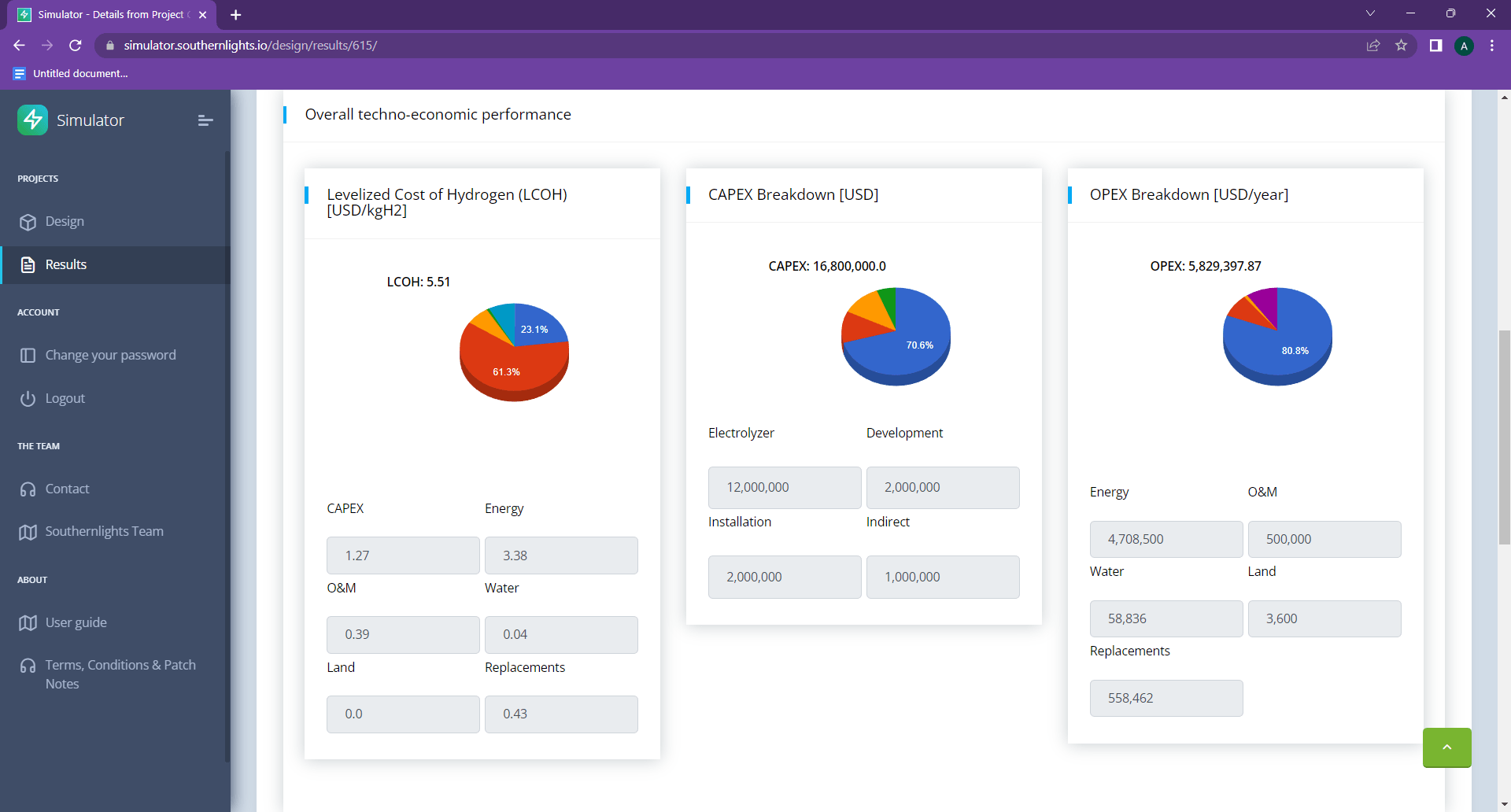What is the Levelized Cost of Hydrogen?
Felipe Gallardo • Oct 20, 2022
The Levelized Cost of Hydrogen (LCOH) is one of the most common metrics used to benchmark the cost-competitiveness of hydrogen production projects. However, we often see conceptual and mathematical mistakes when estimating it.

LCOH is defined as the equivalent cost per unit of hydrogen that the project should be remunerated along its life cycle in order to obtain a project Net Present Value (NPV) equal to zero. In other words, it is the cost I should charge customers per unit of hydrogen so that I make enough money to cover the project costs over its project horizon.
Therefore, to translate this statement into a mathematical expression, we should start by equating the present value of costs to the present value of revenues.
NPV (Project Costs) = NPV (renumeration)
We do that by considering a project horizon, the project costs each year, remuneration over time, and adiscount rate. As we will see later, these parameters might be difficult to estimate.

Costs are given by CAPEX and OPEX. CAPEX items can include EPC costs, development expenses, land costs, or indirect lumped costs, while OPEX includes the cost of energy, water, O&M, or the cost of replacements (which may appear sporadically in the project life cycle depending on the project configuration and operation).
On the other hand, remuneration is determined by hydrogen sales and potentially by secondary revenue streams such as ancillary services, oxygen, or others (which we will neglect for the sake of this example). Considering the definition given for LCOH, we will define the sales of hydrogen as the only revenue stream, equal to the hydrogen units sold in one year (usually considered as mass [kg/year] or [tons/year]) times the LCOH [USD/kgH2].
Since LCOH is defined as a constant value in time, we can take it out of the yearly summation in the equation. This should be done regardless of considering real values or nominal values and inflation. LCOH is supposed to be a constant metric in the project cash flow.

This allow us to obtain a simple expression for LCOH:

*Note that it might seem like we are "discounting the physical value of hydrogen over the years" in the denominator. This can create some confusion, but it should not. This is the result of working out a mathematical result, where we discount the annual revenue streams and take out a constant value from a summation and not the result of trying to “discount” hydrogen in time.
Up to this point, most energy developers, quite familiar with LCOE, are either bored or have probably stopped reading. But the fun part starts now, as obtaining expressions for "costs(n)", "hydrogen(n)", and even "r" can get really tricky.
Costs, as discussed, have many items and sub-items and occur at different years in the life cycle. One of the most important cost items of water electrolysis is the cost of energy, which is affected not only by the price at which the energy is obtained but also by the efficiency of the electrolyzer, transforming said power into hydrogen. That efficiency degrades with time and cycling and reaches a minimum point that forces a stack replacement in the electrolyzer. This affects the cost of energy and hydrogen production and implies a cost of replacement, which is difficult to estimate since it depends on the cost drop of the technology over time.
The discount rate is influenced by the project finance conditions, corporate tax, project risk, and equity rate. These variables can change quite fast, and conditions during the greenfield stage might deviate when ready to build.q
All these parameters are constantly changing, and a software tool such as Southern Lights can help you avoid mistakes and have realistic updated parameters or automated simulation-based considerations for replacements or degradation depending on your electrolyzer technology, power supply, or other project specifications.
But the most important thing is to remember that minimizing the LCOH is not always possible, nor is it always the pathway that will maximize your project NPV. Try to always keep in mind the following:
- The LCOH is a key metric for green hydrogen project development.
- Estimating LCOH is mathematically easy but the inputs are complex to get and oversimplification leads to large deviations affecting the development.
- Min-LCOH is case-specific and requires design iteration. If more systems are coupled (e.g. RES) the optimization should include its sizing too.
- Designing for min-LCOH is not always possible or might not lead to max project NPV (e.g. land constrains, locked deals with OEMs, fixed selling H2 price, weird subsidy conditions).
Felipe Gallardo, CEO of Southern Lights AB
felipe@southernlights.io